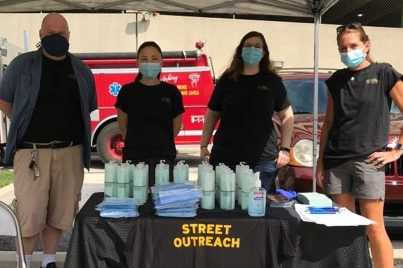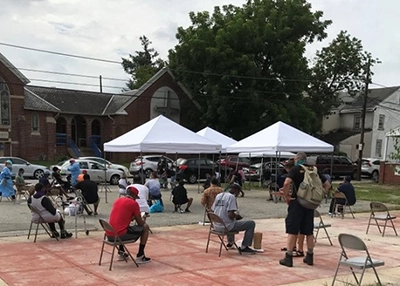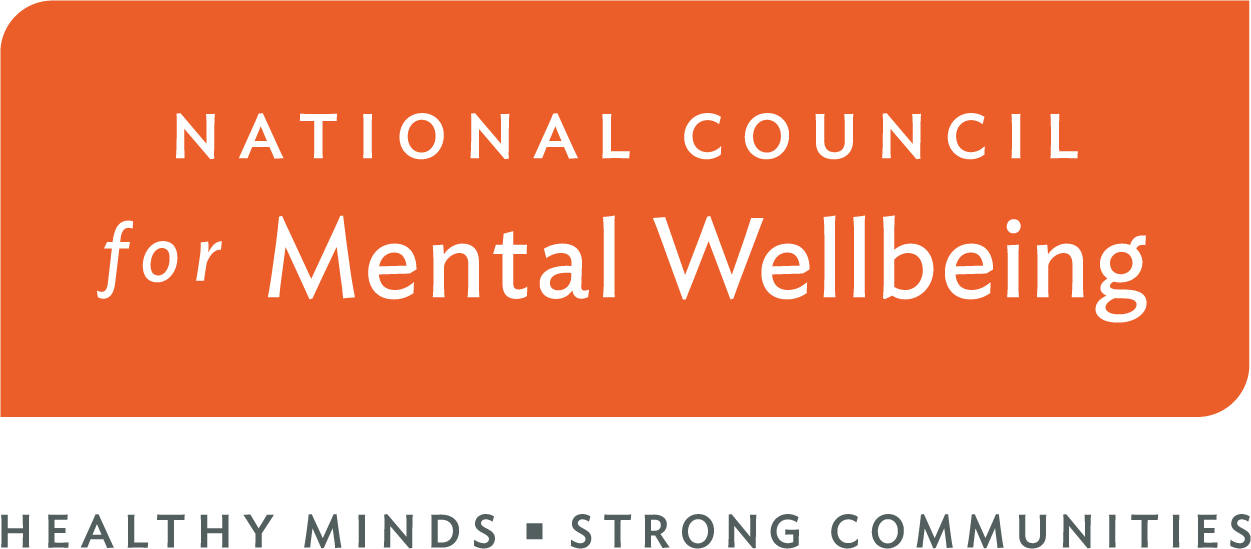The COVID-19 Scalable Solutions Collaborative, hosted by the Center of Excellence for Integrated Health Solutions, started as a pilot project borne of the need to respond to the crisis exacerbated by the pandemic. Since that time, it has established new pathways – from telehealth services and safety protocols to virtual wellness tools – to find integrated solutions among some of the nation’s most vulnerable populations and communities. In the first of this three-part series, community health centers share lessons learned and actionable solutions to bridge access to care.
Access Services, a participating site in the Center of Excellence for Integrated Health Solution’s collaborative, expanded COVID-19 testing to vulnerable populations within their community by leveraging innovative partnerships to scale their mobile crisis and telehealth services.
A time of crisis is also a time of opportunity. That lesson played out significantly in the Street Outreach Program at Access Services in Pennsylvania. As the pandemic hit and the community locked down under a stay-at-home order, our friends who were living outside found themselves pressed even further into the margins. There were no places to get inside to warm up, no places to use the bathroom, no access to supplies to protect themselves from the spread of COVID-19. By prioritizing individuals and families experiencing food insecurity and homelessness, we were able to provide additional equipment, training and resources to community partners, enhancing their ability to respond to COVID-19 and support those who are most vulnerable.
The pandemic created a defining moment for us to respond to their immediate needs and plan a sustainable response by:
- Bringing the significance of issues into sharp focus.
- Creating a sense of urgency.
- Opened doors of opportunity.
One of the elements of that intensified the crisis was the lack of access to health care. People whose baseline health was already poor, making them vulnerable to illness, and who had no existing pathways to receive health care, were left out of the community health response to the pandemic.
The inability to physically get people to the health care resources they needed created an opportunity to bring care to them – virtually. Thanks to the COVID-19 Scalable Solutions funding opportunity, we were able to undertake a pilot to develop telehealth as a platform to expand access to health care and treatment for vulnerable people across Montgomery County.

We accomplished several important things in this pilot. We purchased cellular enabled iPads and canopies for use outside of the places where people were gathering for food and to provide light-touch case management. The goal was to connect them in real time to services that they needed at locations in the community where they traveled regularly. We knew it was important to include existing, engaged relationships in the process of connecting to care. We relied heavily on community partnerships – both to strengthen those we already had and to leverage them in new ways. We also developed new community partners that we realized we needed all along but became more attainable in this time of crisis response.

There were also some key takeaways:
- Key partnerships take time and focused attention to develop functionally.
- Innovation is an important organizational quality. It is variable across organizations and it is important to seek it out and create a critical mass of innovative partners.
- Application of technology is a process of learning through practicing.
- The unfolding process of doing something new is simultaneously strategic and organic. It requires trying, learning and adapting quickly.
Rodolfo Costa, author of “Advice My Parents Gave Me,” said, “Do not sit still; start moving now. In the beginning, you might not go in the direction that you want, but as long as you are moving, you are creating alternatives and possibilities.”
We believe that telehealth services are a strong and viable way to bridge the health care gap between people living outside and medical providers in their communities and we intend to continue to expand the use of this critical tool.
Mark Boorse has been a part of the Street Outreach Program’s work since its inception in 2017, and is working with the program on several initiatives to expand capacity to meet the needs of the homeless community.
Guest Author
Director of Program Development
Access Services
